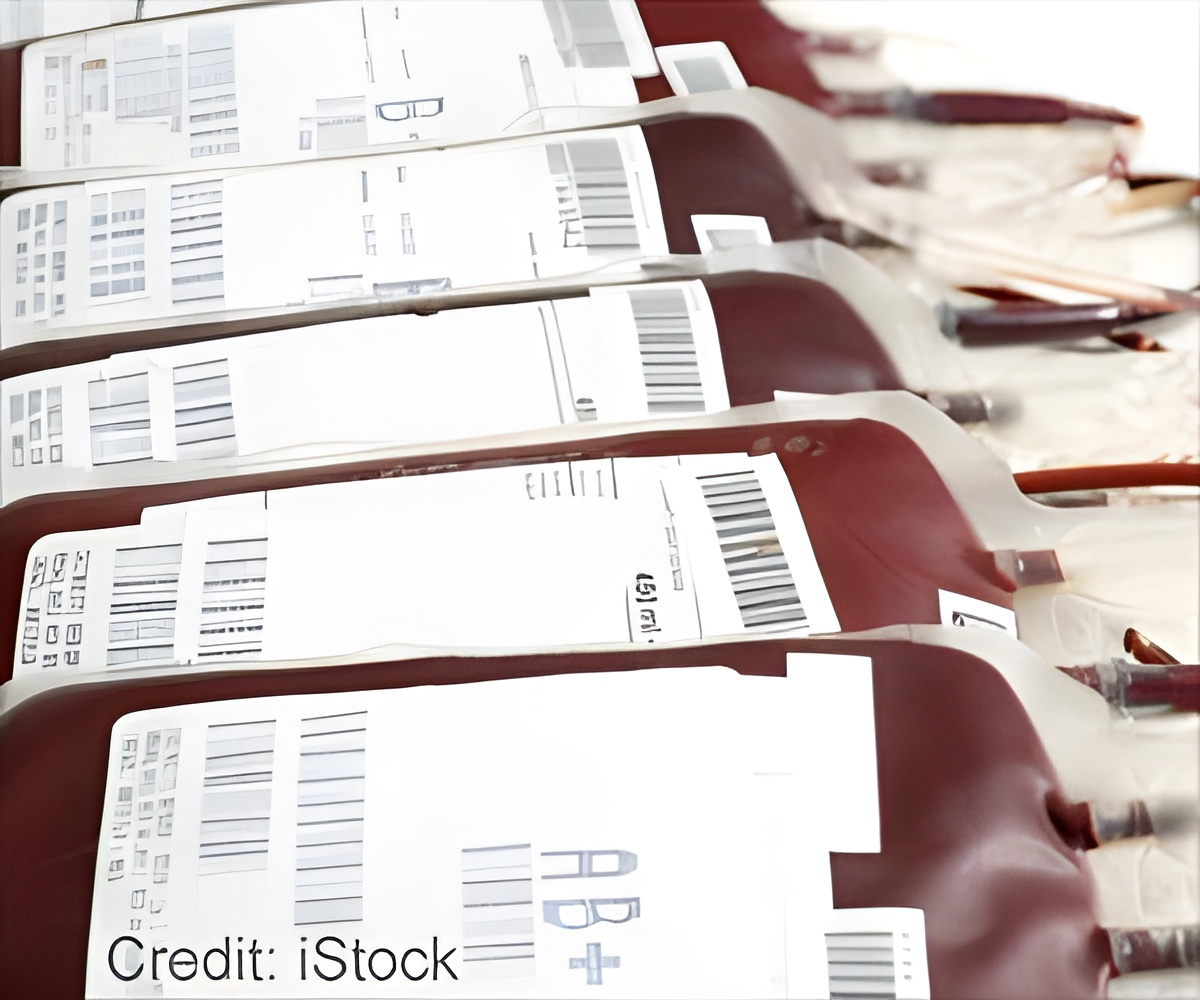Medical advances have reduced the demand for blood in the US, creating financial pressure on the blood collection centers and threatening their future survival.

Medical advances have reduced the demand for blood in the United States, creating financial pressure on the nation's blood collection centers and threatening their future survival, revealed a new RAND Corporation study.
‘More government oversight of the nation's blood system may be needed to safeguard the future of the blood supply and prevent blood shortages from posing a risk to the public's health.’





While the existing system continues to function well, more
government oversight of the nation's blood system may be needed to
safeguard the future of the blood supply and prevent blood shortages
from posing a risk to the public's health, according to the report. "The U.S. blood system operates effectively, but it is in a state of flux and uncertainty," said Andrew Mulcahy, lead author of the study and a policy researcher at RAND, a nonprofit research organization. "Financial pressures, changes in health care practice and technology, and the emergence of external threats such as the Zika virus are pressuring the system and may potentially threaten the available supply of blood. We need a better, more-efficient and more-sustainable system."
The RAND report finds changes, such as less-invasive surgeries and new drugs, have lowered the demand for blood over the past decade, while the size of the blood collection and distribution system has downsized only slightly. At the same time, consolidation of hospital ownership has shifted negotiation power toward hospital buyers and away from blood centers.
The result has been increased competition among blood centers that has led to falling prices for blood, which slices into blood centers' already thin margins and revenue.
Meanwhile, technological innovation and the emergence of pathogens, such as the Zika virus, are adding new production and testing costs for blood suppliers. A dwindling pool of active donors poses another challenge.
Advertisement
Researchers conclude the best option for fortifying the U.S. blood system would be for the federal government to play a targeted role in ensuring blood system sustainability - rather than continuing the status quo or having the government assume operation of the blood system as is done in some nations.
Advertisement
The researchers also recommend regulators better define appropriate levels of surge capacity to respond to public health emergencies and subsidize the ability of blood centers to maintain that capacity. They also urge government agencies to build relationships with other participants in the blood system to form a blood safety net.
Additionally, they recommend the development of a value framework for new technologies to provide information about costs and benefits, and guide decisions about adoption. And where technologies do not justify investments from a business perspective - yet have clear public health and preparedness benefits - policymakers may want to require adoption and pay directly for those investments. The researchers also recommend the implementation of emergency use authorization and contingency planning for key supplies and inputs.
Source-Eurekalert












